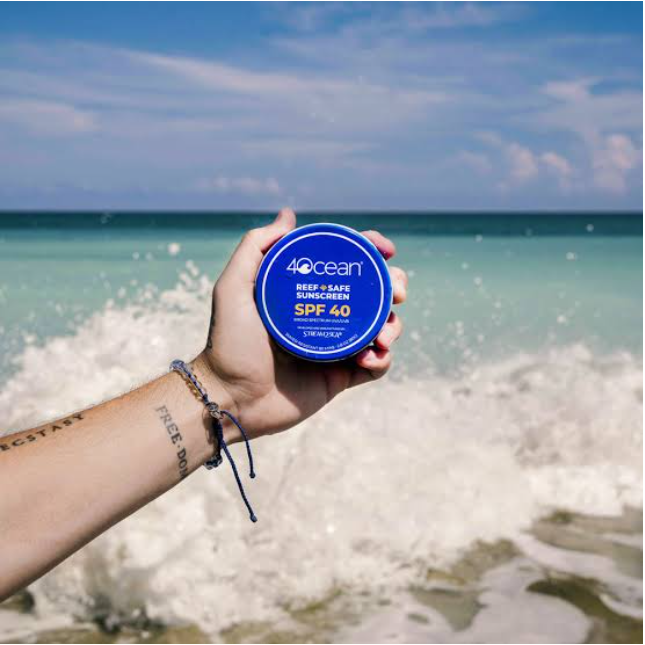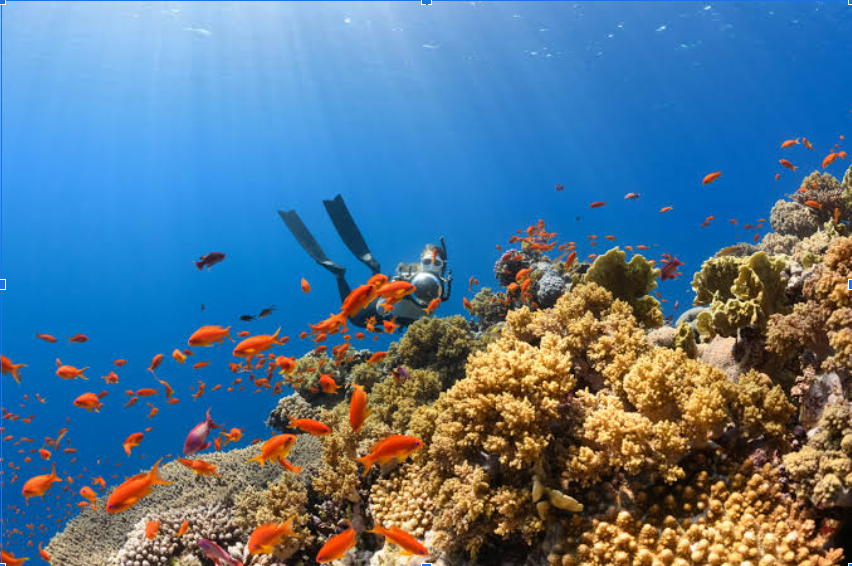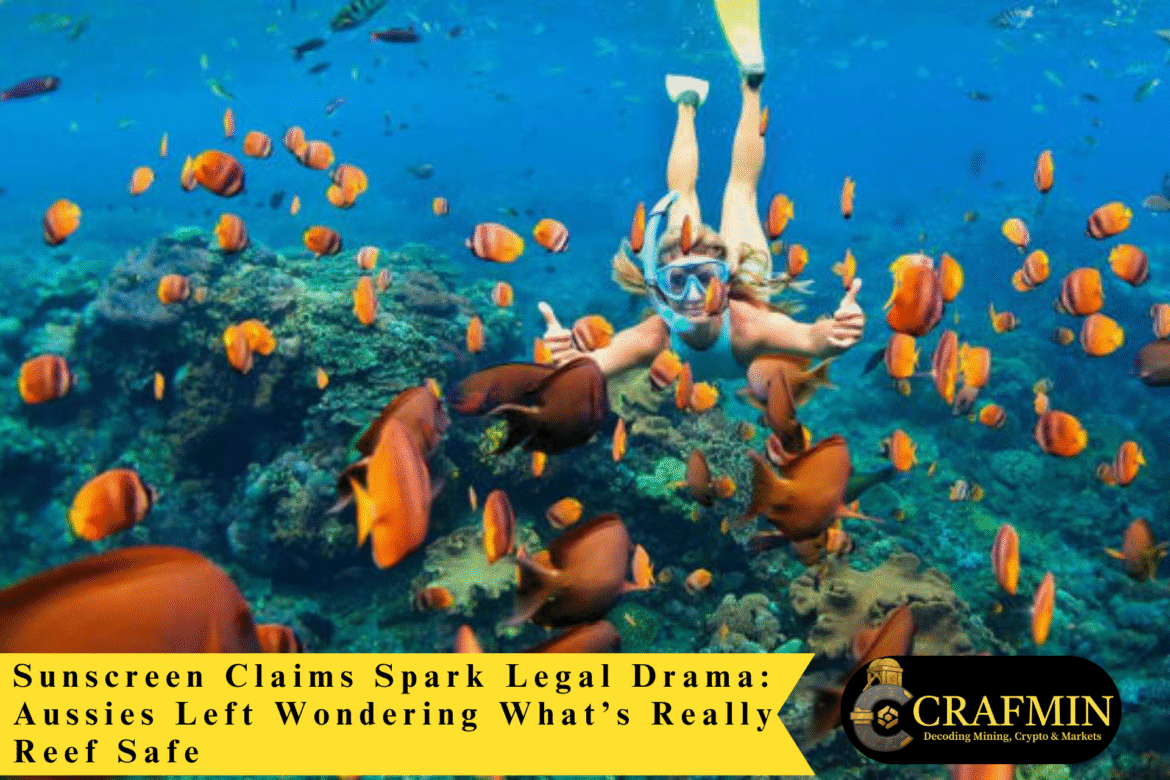Let’s be honest — most of us grab a sunscreen off the shelf and trust what it says on the label. If it claims to be reef friendly, we figure we’re doing the right thing for our skin and the ocean. That’s why so many Aussies are fuming this week after hearing that two sunscreen giants, Banana Boat and Hawaiian Tropic, are being hauled into court.
The ACCC says these brands misled customers. Their “reef safe” or “reef friendly” labels? According to the watchdog, they might not be so friendly after all.
What’s at the Heart of It?
Here’s the short version: The ACCC believes the products in question still contain chemicals that could harm coral reefs — despite the warm and fuzzy claims on the packaging. Ingredients like oxybenzone and octinoxate have been singled out by scientists overseas for their link to coral bleaching.
“We’re not saying stop using sunscreen,” a marine biologist told ABC Radio this morning. “But if you care about reef health, check what’s actually in it.”
In case you’re curious — these chemicals are banned in places like Hawaii and parts of the Caribbean. And yet, they’ve been showing up in sunscreens on sale to Aussies as being reef friendly.

CREDIT: 4Ocean
Why It Matters
Aussies love their reefs and beaches. The Great Barrier Reef is not an attraction for tourists — it’s their heritage. When you look at “reef safe” on a bottle, you want to believe it won’t harm the very thing you’re attempting to preserve.
Sales of sunscreens with environmental claims have grown strongly by some 35% over the past four years, fueled by Australians seeking to make a more informed decision. And now? One wonders if they were sold a myth.
Industry Feeling the Heat
To date, the companies are holding their cards close to their chests. Both promise to battle for their products and work with the regulators. Behind the scenes, however? Industry players say this case can ruffle more than just sunscreen manufacturers.
One of the suppliers (who preferred not to be identified) said: “All green-label items will be under the microscope now.”
Retailers are being reported to be reviewing their stock, some removing some products from “reef safe” shelves until further clarity comes.
Also Read: Online Casino Gambling Bill Lands — But Is Australia Ready for a New Digital Wagering Era?
What’s Next in Court?
The ACCC is seeking penalties and greater accountability. If the court does find in their favour, we would witness radical shifts in the manner in which products across the board — not only sunscreens — tout their environmental credentials.
Consumer attorney Emily Grant told early morning television: “This case is not only about reef claims. It’s about setting the bar for what is truthful eco-marketing.”

Snorkeller above coral reef. Source: Unsplash
How Do You Choose a Real Reef-Safe Sunscreen? So what can you do in the meantime while the lawyers work it out? Experts recommend holding the bottle at arm’s length and reading the label. Most sunscreens containing zinc oxide or titanium dioxide (the mineral form) are supposed to be more sea creature-friendly. And don’t forget: there ain’t no magic bullet in sunscreen. Shirts, hats, and shade still work — maybe even better now that we’re leery about what’s in the bottle.l
The Bigger Picture
This case is timely for Australia, where people are waking up to greenwashing — when companies make products sound greener than they actually are. The ACCC states they’re looking into over 500 complaints about questionable environmental claims alone in the past year.
In short? People want transparency. And this sunscreen war could be just the beginning.

